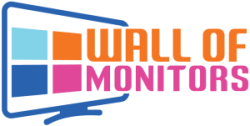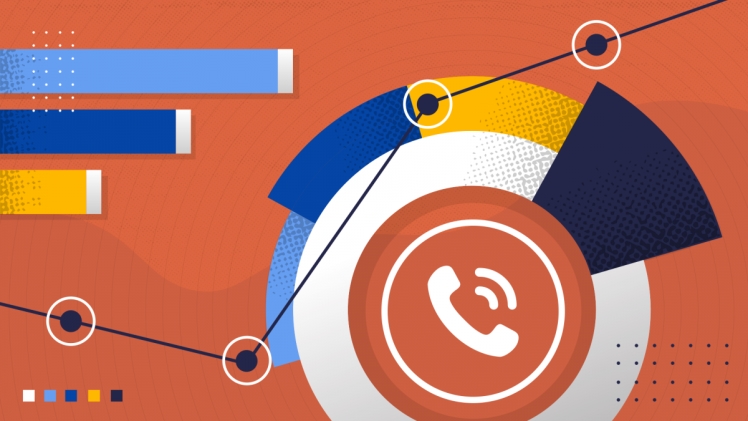One of the best ways in which you can measure the ability of your employees and workers is to analyze their daily and weekly data and metrics. By figuring out which employees are performing and which employees are not doing their job, you can determine how to influence and change your marketing and customer service tactics for the most efficient methods for your business.
The top 10 call center agent performance metrics to measure
If you are the manager of a call center or you are in charge of an important business, make sure that you analyze the call center agent performance metrics and make smart decisions regarding your call center’s employees, productivity levels, and marketing methods. You can tailor your customer experience to boost customer satisfaction levels so you can better reach customers, increase your target market, and retain more customers at your company.
By measuring how your agents are doing in daily life and productivity levels, you can figure out how they are satisfying your customers and if they are doing well with satisfying your target market. The only safe way you can measure the productivity of your employees is to use call center agent performance metrics.
Since call center software gives you necessary metrics and important data almost immediately, you can quickly and swiftly determine what agents are doing their job and which ones are falling short. Once you have the performance metrics, you need to know how to use them and how to analyze them to better your customer satisfaction strategy. You can see more here to know how to do that.
Here are the top call center agent performance metrics to measure.
The rate of calls dropped and abandoned
One of the most important call center agent performance metrics to measure is the average call abandonment rate. Call abandonment means the number of times that customers have dropped their calls and hung up without getting a resolution or answer for their question. If customer satisfaction is your priority, you need to make sure the customers remain on the line so that you can provide necessary assistance to your clients. If the client hangs up, you will have a poor review, bad rating, and unsettled problem.
Although this specific call center agent performance metric won’t tell you the most about a specific employee working at your call center, the rate lets you know about the overall agent productivity levels at your call center. If you find the call abandonment rate is concerning, consider browsing the other call center agent performance metrics to see why your agents are not able to settle problems with your customers while on the phone or online.
The amount of calls that were blocked (%)
The second metric you need to take into account when looking at call center agent performance metrics are the people who do not get immediately helped by a customer service agent when they reach out to a business. If you call a number and you are immediately put on hold for multiple minutes, you will be less likely to call them back for customer service in the future.
If the percentage of calls blocked is in poor standing for your business, this means that your employees are too busy to help every person who is calling your company.This percentage can mean you may not have the right number of customer service agents helping clients who are calling your business.
Average time in the queue
The third call center agent performance metric to analyze is the average time each caller is in the queue. The main metric for overall productivity is the average wait time, which helps measure how you can improve your customer service experience since you can avoid waiting in line for long periods of time. If you find that a number of customers are waiting in line for long periods of time, you should consider hiring more agents or offering a call-back service so they don’t have to wait in line or wait on hold for numerous minutes.
Service level
The fourth piece of data to analyze when looking at call center agent performance metrics is the service level of your customer service agents. The service level in your metrics helps compare the real-time productivity and effectiveness of your agents as they are on the phone. Service level refers to the number or ratio of phone calls that are dealt with and answered within a set time frame, such as within 30 seconds or 60 seconds. Businesses can effectively utilize this metric to see if the agents are going through customers quickly enough or if they are lingering too long on one customer.
How fast the agent answers the phone
The last piece of data you need to look into when browsing call center performance metrics is the average speed of answer when consumers call your customer service line. You need to make sure your customer service agents can quickly answer a call and prevent leaving customers on the line for long periods of time.
When you decide it is time to rate your agent productivity, you need to look into call center performance metrics to figure out how your customer service agents answer the phone. This specific analysis helps to calculate how long it takes for the agent to pick up the phone within a preset time period.
If you find the average speed of answer is too slow for all customers, then you need to figure out how your agents can move faster between customers and between calls. Maybe they need to come up with quick solutions to problems or simply use redirecting features so any free agents can pick up the phone and answer faster.
Conclusion
Management staff and call center staff should look into analyzing call center performance metrics so they can figure out what needs to be changed and what is working in their business. By determining the effectiveness of each individual agent and what has to be altered in their daily productivity levels, you can figure out the most effective parts of your customer service experience and where your customer experience is lacking.

